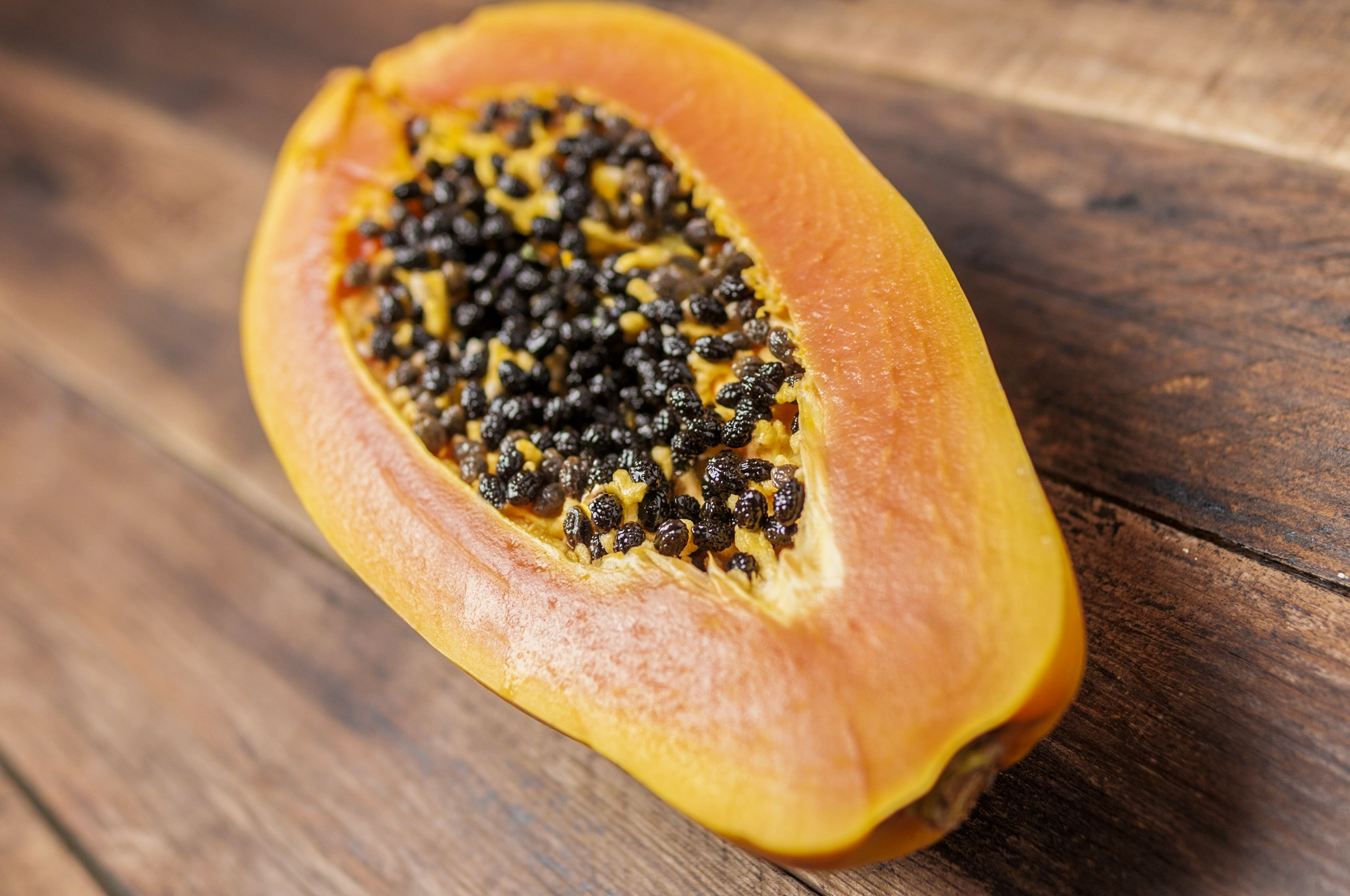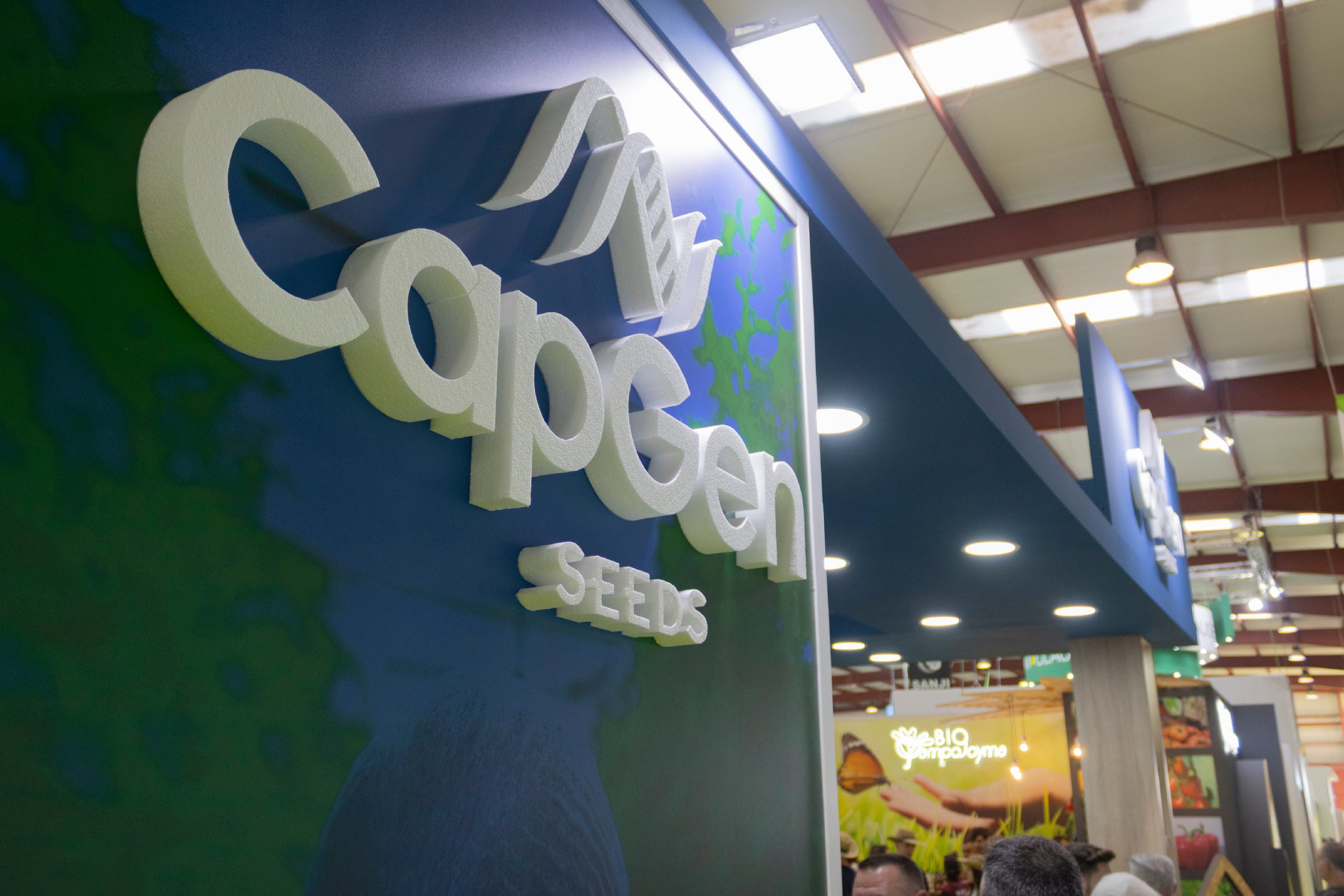In an ever-changing world, the conservation of biodiversity has become an essential objective to maintain the balance of our ecosystems and ensure global food security. A fundamental tool in this effort is the creation and maintenance of seed banks, which play a crucial role in the conservation and protection of plant genetic diversity.
Biodiversity is the lifeblood of our planet, underpinning the variability and resilience of ecosystems in the face of environmental change and natural challenges. Seed banks, also known as germplasm banks, are institutions that seek to preserve and store seed samples of different plant species. This precaution is not only a security measure, but an investment in our future, as these seeds hold the genetic information needed to adapt to changing circumstances.
Seed preservation is a thorough and technologically advanced process. Seeds are carefully collected, cleaned and dehydrated before being stored in controlled environments. These environments provide optimal humidity and temperature conditions to ensure the longevity of the seeds for decades or even centuries. By preserving seeds in this form, seed banks help ensure that the genetic diversity of plants remains available for future use.

How does it affect us Seed Banks?
Preserving plant genetic diversity has direct implications for food security and agricultural sustainability. Genetic variability allows for the development of crops that are more resistant to diseases, adapted to changing climatic conditions and with higher yields. This is where seed breeders, or seed houses, come into play and play a crucial role in the development and improvement of new crop varieties. These companies, such as CapGen Seeds, use seed banks as valuable resources to support their ongoing research and development.
Seed banks house a wide variety of seeds of different plant species, including many traditional and rare varieties that seed breeders use to search for unique traits such as disease resistance, tolerance to adverse conditions or improved fruit quality in order to overcome current and future agricultural challenges.
There are many examples where the objective has not been to improve a particular variety or category of product, but to rescue old typologies that were almost non-existent or that are grown in small isolated areas without much scope.
An iconic example in this global seed conservation effort is the Svalbard Global Seed Vault, located in the Norwegian Arctic. This underground storage facility houses a wide range of seeds from different parts of the world. It functions as a safety depository, safeguarding seeds in case of natural disasters, conflicts or unforeseen events that could jeopardise the diversity of essential crops.
In addition to their storage function, seed banks also play an educational and awareness-raising role. By highlighting the importance of biodiversity and the need to protect it, these institutions foster greater public understanding of the impact of human activities on the environment. This awareness is a fundamental step towards the adoption of sustainable practices in agriculture and conservation.







